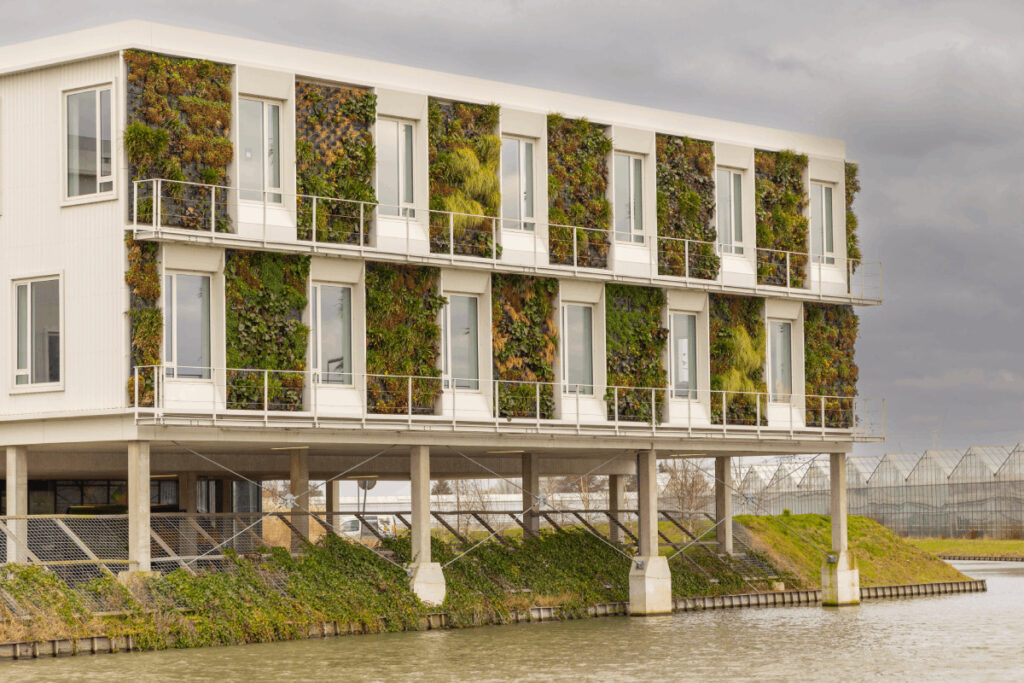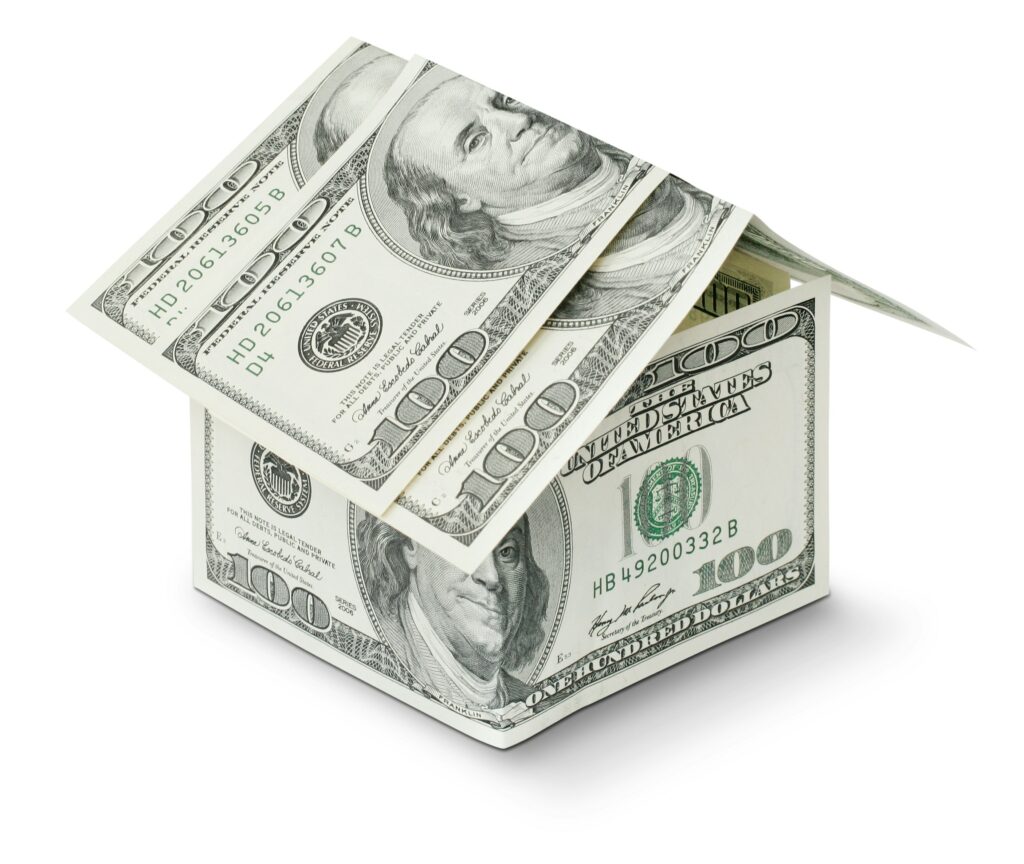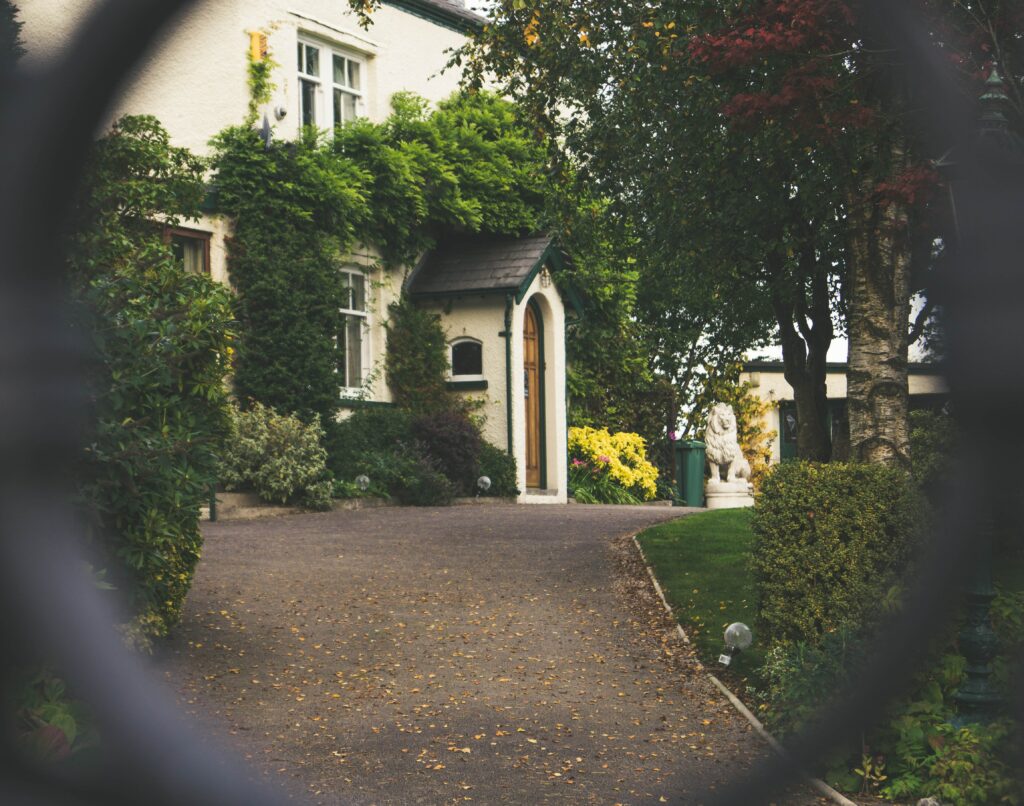Table of Contents
In recent years, sustainable real estate development has become increasingly popular, as more people recognize the benefits of using green sustainable components in building design and construction. Not only is this approach better for the environment, but it can also help developers cut costs over the long term. In this blog post, we’ll explore the ways in which green sustainable components can help to reduce expenses in real estate development.

Reducing Energy Consumption
One of the most significant benefits of incorporating sustainable components into real estate development is the reduction in energy consumption. By using features such as energy-efficient lighting, heating, and cooling systems, developers can drastically lower their monthly utility bills. Additionally, buildings designed with natural light in mind can help reduce the amount of electricity needed for lighting during the day.
Experts in sustainable building design and have spoken extensively on the subject. He notes that “energy-efficient design is not only better for the environment but can save developers thousands of dollars in operating costs over the lifespan of a building.”
Improving Indoor Air Quality
Another benefit of using green components in real estate development is improved indoor air quality. Features such as high-quality air filters, non-toxic building materials, and proper ventilation can all contribute to a healthier living environment. By promoting better air quality, developers can help reduce the occurrence of health problems related to poor air quality, such as respiratory issues.
In addition, a healthier indoor environment can lead to fewer sick days for building occupants, resulting in increased productivity and lower healthcare costs. Investing in green components that promote better air quality may require a larger upfront investment, but it can pay off in reduced costs in the long run.
Reducing Water Consumption
Another significant expense for developers is water consumption. By incorporating features such as low-flow toilets, showerheads, and faucets, developers can reduce the amount of water used by building occupants. Additionally, rainwater harvesting systems can be installed to collect and reuse rainwater for non-potable purposes such as irrigation or flushing toilets.
By reducing water consumption, developers can save on both utility costs and water fees. Additionally, reducing water consumption can help to conserve this valuable resource, which is becoming increasingly scarce in some regions.
Using Sustainable Materials
Using sustainable materials in real estate development is another way to cut costs. Recycled and renewable materials such as bamboo, reclaimed wood, and recycled plastic can be used in building construction, reducing the need for new materials. These materials may require a larger upfront investment, but they often have a longer lifespan than traditional materials, resulting in reduced maintenance costs over time.
Additionally, using sustainable materials can be an attractive feature for potential tenants or buyers, leading to higher demand and increased property value.
Final Thoughts on Sustainable Components
Sustainable real estate development is not only good for the environment but can also help developers cut costs in the long run. By reducing energy consumption, improving indoor air quality, reducing water consumption, and using sustainable materials, developers can save on operating costs and maintenance expenses. Additionally, investing in sustainable components can lead to increased demand and property value. By taking a long-term approach to building design and construction, developers can reap the benefits of reduced costs and a healthier, more sustainable living environment.




